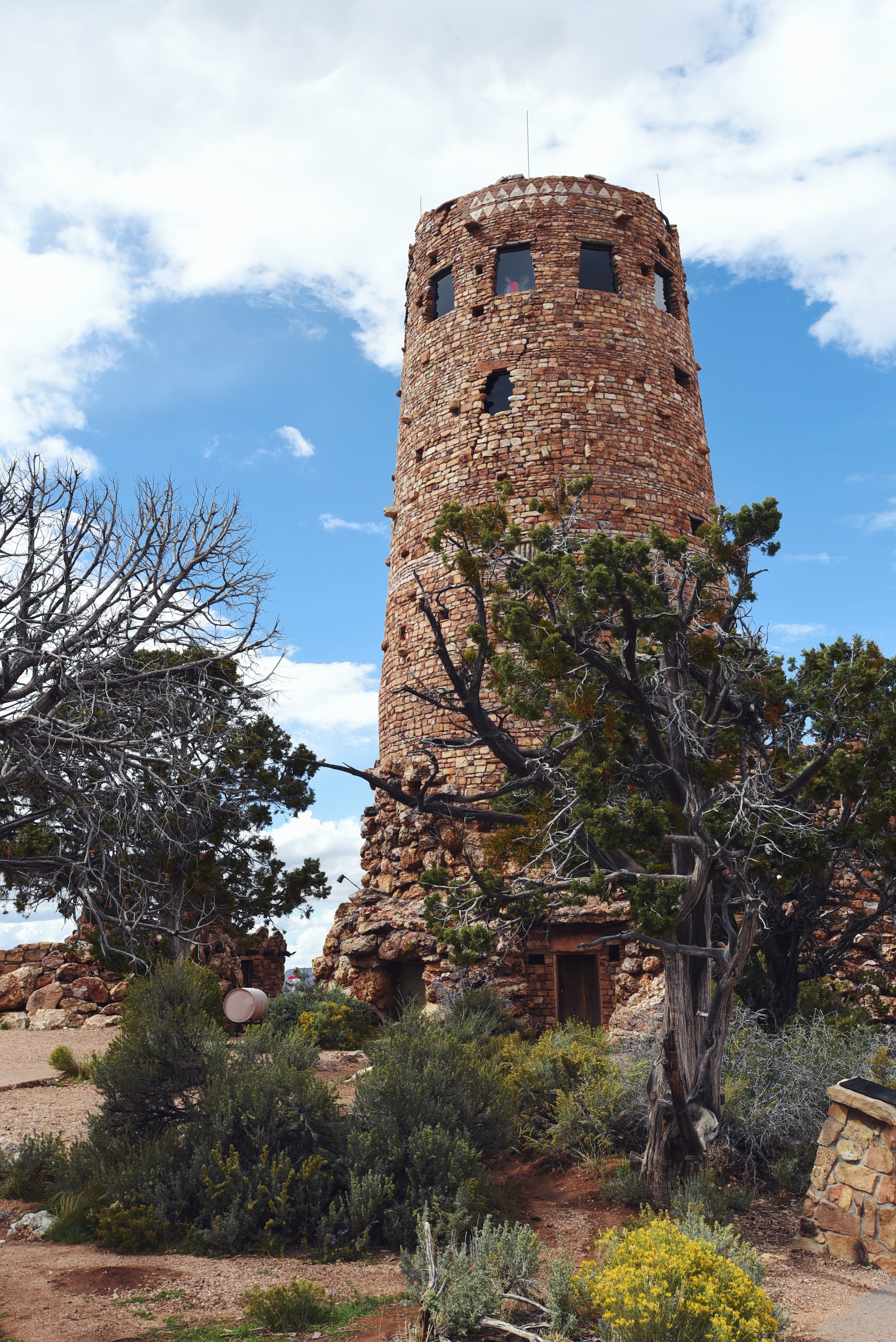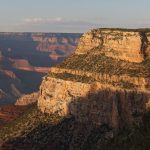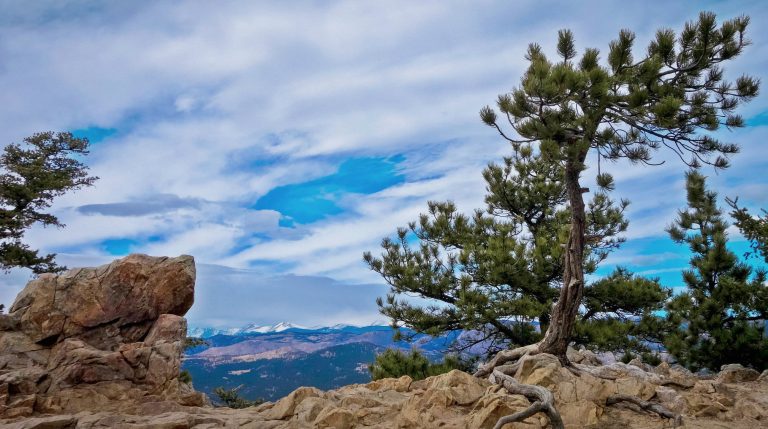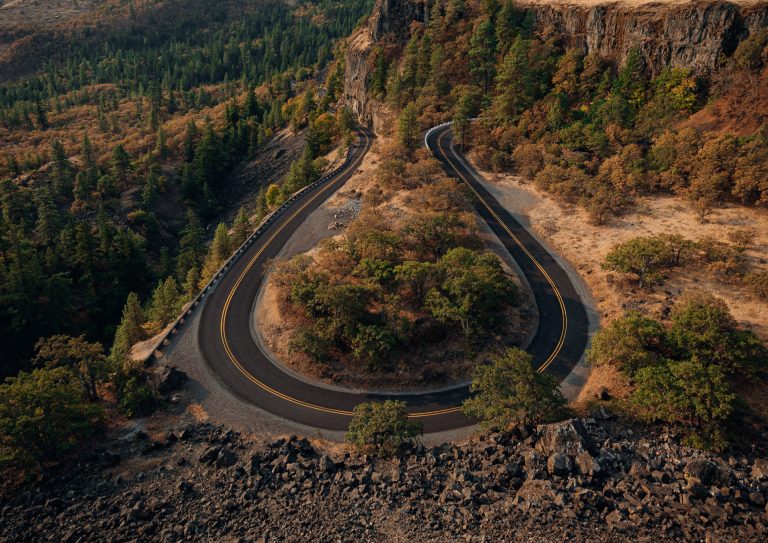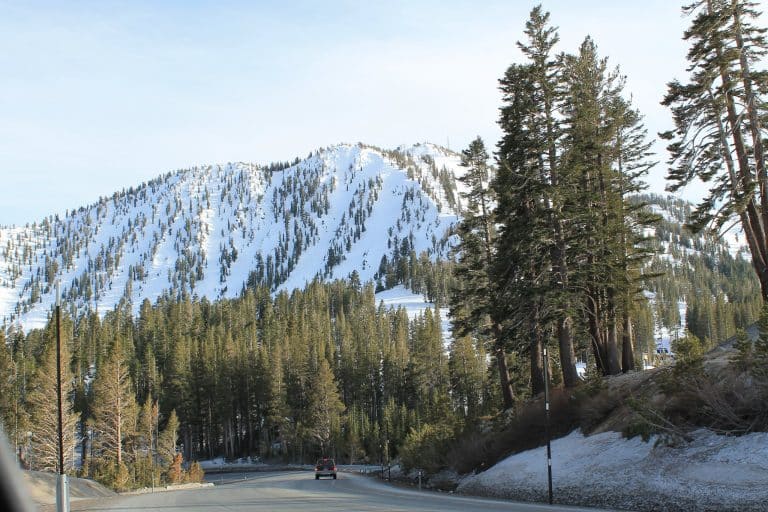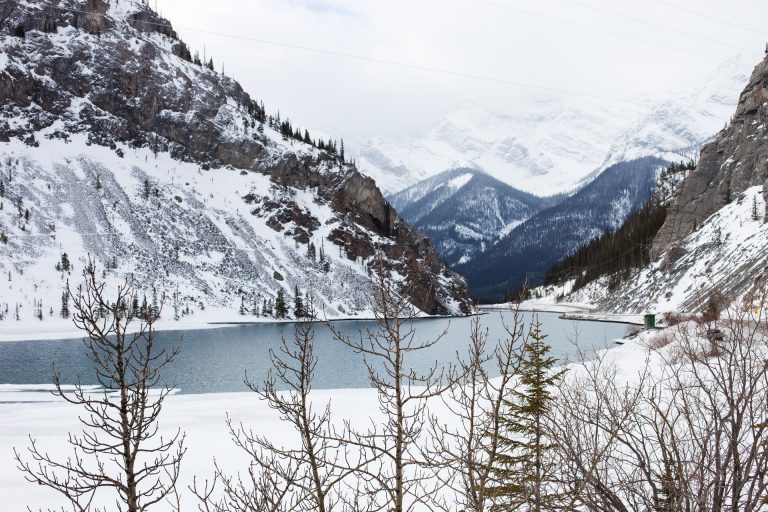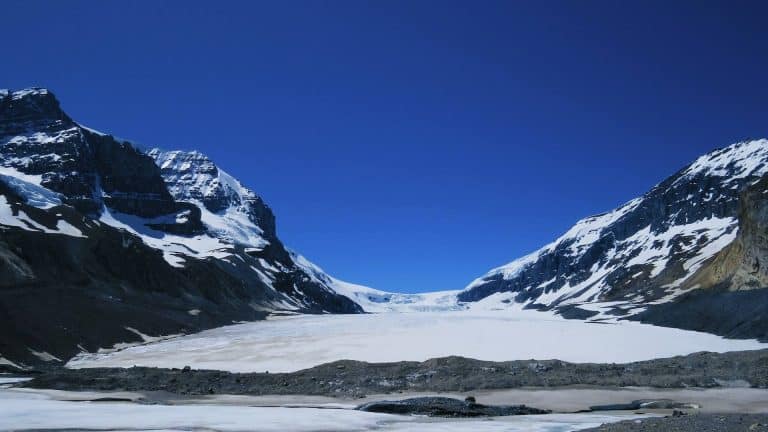Grand Canyon Rims: West, North, & South Differences
The Grand Canyon is one of the most breathtaking natural wonders in the world, attracting millions of visitors each year. With its vast expanse and stunning views, it’s no wonder that people from all over the world come to marvel at this geological wonder.
However, not all parts of the Grand Canyon are equal, with each offering a unique experience for visitors. In this article, I’ll take a closer look at the differences between the West, North, and South Rims of the Grand Canyon.
Ownership
The North and South Rims are managed by the National Park Service.
Grand Canyon West (or the West Rim) is not part of the Grand Canyon National Park, which is located five hours away. Grand Canyon West is on the Hualapai Native American Reservation and is owned and operated by the Hualapai Tribe.
Weather
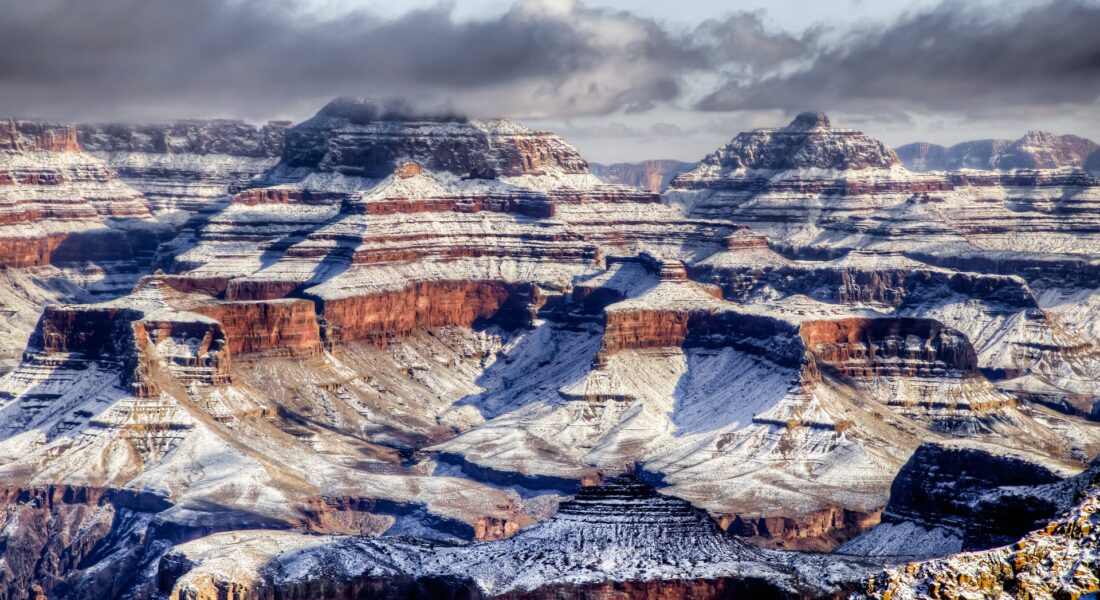
The North Rim, located at a higher elevation than the other rims, experiences cooler temperatures and a much shorter tourist season. The North Rim is only open from mid-May to the beginning of December, as it gets significantly more snow than the other rims, making it inaccessible during the winter months. Visitors who want to experience the North Rim will need to plan their trip accordingly and be prepared for cooler temperatures, even in the summer months.
On the other hand, the South Rim has a temperate climate with four distinct seasons, making it accessible year-round. The South Rim is the most popular and busiest of the three rims, attracting millions of visitors each year. In 2022, the park was the second-most visited National park in the US, seeing over 4.7 million visitors. The summer months are the busiest, with crowds filling the park even as temperatures soar near 100 degrees Fahrenheit. Visitors should be prepared for massive crowds and high temperatures if they plan to visit during the summer months.
The West Rim‘s climate is similar to the South Rims. Visitors can expect temperatures in the high 90s and 100s during the summer months, with snow in the winter. Due to its proximity to Las Vegas, and the numerous travel agencies starting from there, the West Rim gets very busy in the summer. In fact, the West Rim sees about 1 million annual visitors a year.
Accessibility
Accessibility is another major factor that sets the rims apart.
The North Rim is the most remote of the three rims, requiring more time and planning to reach. It is also closed in the winter, between December 1st and May 15th, weather permitting. The North Rim is located 215 miles from the South Rim, and the drive takes around four hours. However, the North Rim is much closer than the other popular National Parks in southern Utah, including Zion and Bryce Canyon.
The South Rim is the most accessible of the three rims, with numerous options for getting there. Visitors can drive to the South Rim via Highway 64, take a shuttle bus from Flagstaff, or even take a train from Williams, AZ. The South Rim is also the most developed of the three rims, offering numerous restaurants and lodging options for visitors. When we visited in 2019, we flew into Phoenix, and made the 4-hour drive to the South Rim with a stop in between at Sedona. It was a very easy (and scenic) drive!
The West Rim is situated on the Hualapai Reservation and requires a permit or guided tour to access. Visitors can drive to the West Rim from Las Vegas, making it a popular destination for those who want to experience the Grand Canyon in one day. However, visitors should be aware that the West Rim has fewer amenities than the other rims, and it may not be the best option for those who want a more immersive experience.
Amenities
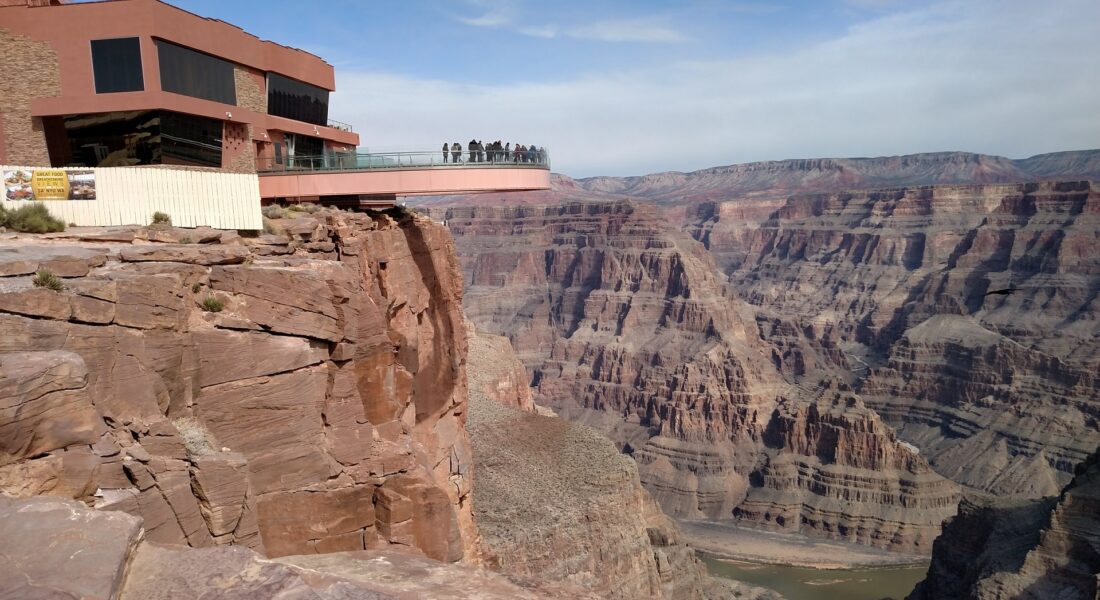
Amenities are another factor that sets the rims apart.
The South Rim is the most developed of the three rims, with numerous amenities and lodging options for visitors inside Grand Canyon Village. There are numerous dining and lodging options here, from upscale hotels (El Tovar) to rustic rim-side cabins (Bright Angel Cabins). The South Rim also has dozens of lookouts, museums, and historical areas to visit. This includes everything from the popular Mather Point lookout, the Desert View Watchtower, and Kolb Studio.
The North Rim has limited amenities due to its remote location, with fewer dining and lodging options than the other rims. Visitors who want to experience the North Rim will need to be prepared to camp or stay in one of the limited lodges in this smaller section of the park.
The West Rim has the fewest amenities of all the other rims, due to its location on the Hualapai Reservation. However, it does offer unique experiences that the other rims do not. Visitors can take a helicopter ride to the bottom of the canyon from here, or walk on the Skywalk, a glass bridge that extends over the canyon. Whitewater rafting on the Colorado River is also an option at Grand Canyon West.
Crowds
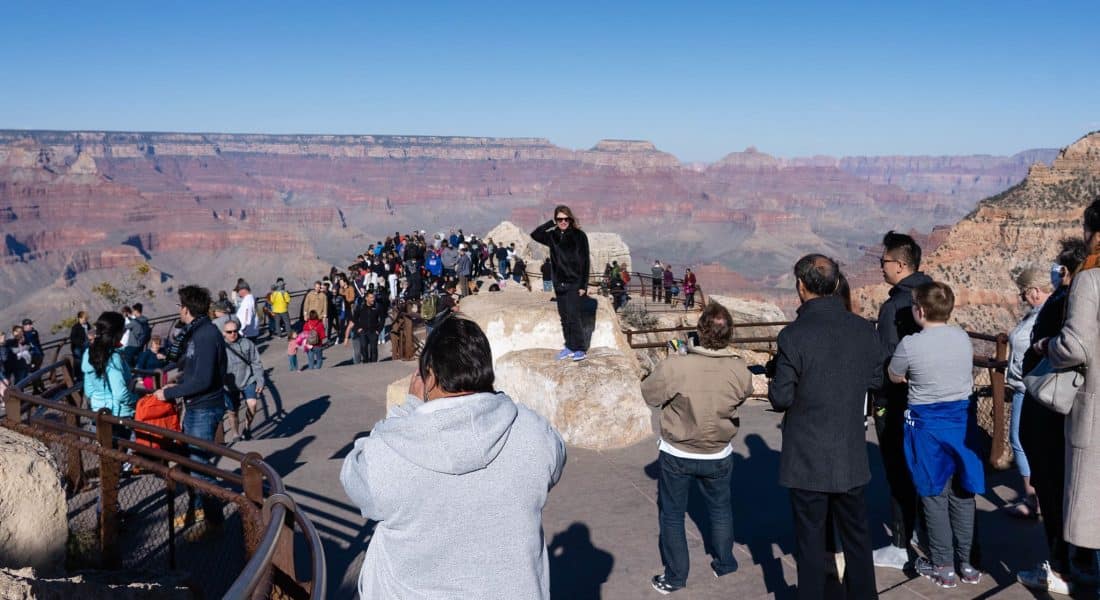
Crowds will always be a major consideration for anyone looking to visit the Grand Canyon.
South Rim is the busiest of the three rims, with millions of visitors each year. The summer months can be particularly crowded, with long lines and limited parking options. Visitors who want to avoid the crowds may want to consider visiting during the shoulder season, such as spring or fall.
The North Rim, on the other hand, sees fewer visitors, with only around 10% of the total number of visitors to the park. However, this can also make it a more peaceful and tranquil experience for visitors who want to escape the crowds and enjoy the beauty of the canyon in solitude.
The West Rim is less crowded than the South Rim, but still attracts a significant number of visitors coming from Las Vegas, particularly those who are seeking unique experiences like the Skywalk or helicopter rides. Visitors who hope to avoid the crowds may want to plan their visit during the off-season or during the week, rather than on weekends or holidays.
Conclusion
In the end, each rim of the Grand Canyon offers a unique experience for visitors, with its set of advantages and disadvantages.
The North Rim is remote and peaceful, with cooler temperatures and fewer amenities, and closed in the winter.
The South Rim is the most accessible and developed, with numerous amenities and activities for visitors, but is also the most crowded.
The West Rim is the best option for those who want to easily visit from Las Vegas in one day, with unique experiences like the Skywalk and helicopter rides.
